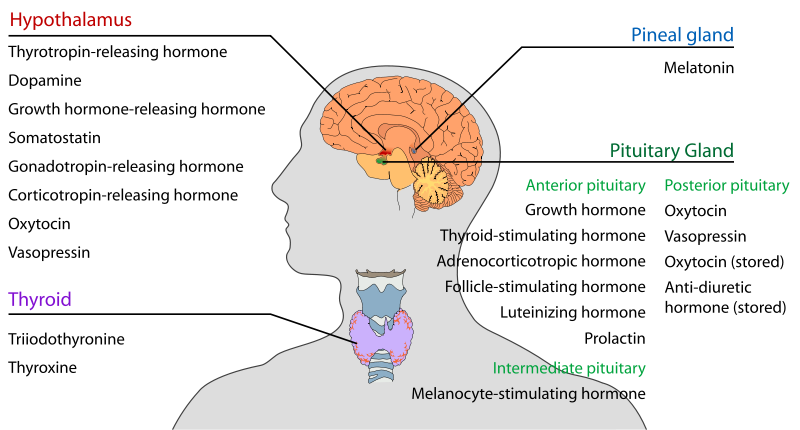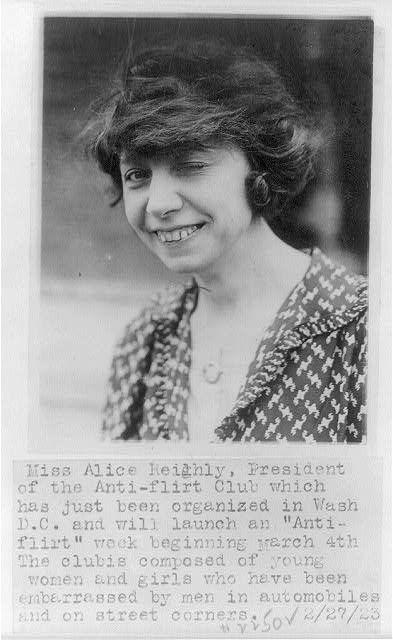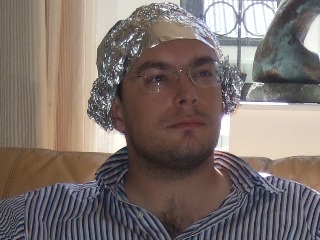excerpt on the Second Skin
Wayang Indonesian shadow theatre X
The point-to-point mapping of the body surfaces in the brain is called a homunculus and is essential in the creation of a body image.
+Homunculus Arguement wiki
On Word Association wiki
Word association dates back to Avicenna, in the 11th century, who developed a system for associating changes in the pulse rate with inner feelings, which is seen as an anticipation of the word association test. He treated a very ill patient afflicted with love sickness (Ishq) by "feeling the patient's pulse and reciting aloud to him the names of provinces, districts, towns, streets, and people." He noticed how the patient's pulse increased when certain names were mentioned, from which Avicenna deduced that the patient was in love with a girl whose home Avicenna was able to locate through this examination. Avicenna advised the patient to marry the girl he is in love with, and the patient soon recovered from his illness after his marriage.
...Carl Jung theorized that people connect ideas, feelings, experiences and information by way of associations.....that ideas and experiences are linked, or grouped, in the unconscious in such a manner as to exert influence over the individual’s behavior. These groupings he named Complexes.
...Jung became curious about the time delay that occurred in responding to certain words. Jung theorized that the delay between stimulus and response indicated some sort of block in self expression. One type of block might be that too many possible answers rush to the surface and create a sort-of expression log-jam, and that one is unable to answer until one sorts out all the possible answers. Another possibility is that the individual feels “uncomfortable” with the response, or that the response is “inappropriate”, thus they resist expressing the answer. This resistance to answer is part of the phenomena that Freud described as repression.
Kinesics X is the interpretation of body language such as facial expressions and gestures — or, more formally, non-verbal behavior related to movement, either of any part of the body or the body as a whole.
...Birdwhistell estimated that "no more than 30 to 35 percent of the social meaning of a conversation or an interaction is carried by the words." He also concluded that there were no universals in these kinesic displays.
...In humans, eye contact can show personal involvement and create intimate bonds. Mutual gaze narrows the physical gap between humans.
Neurobiology on Human Bonding X
There is evidence in a variety of species that the hormones oxytocin and vasopressin are involved in the bonding process, and in other forms of prosocial and reproductive behavior. Both chemicals facilitate pair bonding and maternal behavior in experiments on laboratory animals. In humans, there is evidence that oxytocin and vasopressin are released during labor and breastfeeding, and that these events are associated with maternal bonding. According to one model, social isolation leads to stress, which is associated with activity in the hypothalamic-pituitary-adrenal axis and the release of cortisol. Positive social interaction is associated with increased oxytocin. This leads to bonding, which is also associated with higher levels of oxytocin and vasopressin, and reduced stress and stress-related hormones.Oxytocin is associated with higher levels of trust in laboratory studies on humans. It has been called the "cuddle chemical" for its role in facilitating trust and attachment. In the reward centers of the limbic system, the neurotransmitter dopamine may interact with oxytocin and further increase the likelihood of bonding. One team of researchers has argued that oxytocin only plays a secondary role in affiliation, and that endogenous opiates (endorphines) play the central role. According to this model, affiliation is a function of the brain systems underlying reward and memory formation.
One of the few studies that looked at the influence of hormones on human bonding compared participants who had recently fallen in love with a control group. There were no differences for most of the hormones measured, including LH, estradiol, progesterone, DHEAS, and androstenedione. Testosterone and FSH were lower in men who had recently fallen in love, and there was also a difference in blood cortisol for both sexes, with higher levels in the group that was in love. These differences disappeared after 12–28 months and may reflect the temporary stress and arousal of a new relationship.
Cortisol related stuff...x
The amount of cortisol present in the blood undergoes diurnal variation; the level peaks in the early morning (approximately 8 am) and reaches its lowest level at about midnight-4 am, or three to five hours after the onset of sleep. Information about the light/dark cycle (circadian rhythm) is transmitted from the retina to the paired suprachiasmatic nuclei (SCN) in the hypothalamus. The SCN takes the information on the lengths of the day and night from the retina, interprets it, and passes it on to the pineal gland, a tiny structure shaped like a pine cone and located on the epithalamus. In response, the pineal secretes the hormone melatonin. This pattern is not present at birth; estimates of when it begins vary from two weeks to nine months of age.
Tin Foil Hat
Tin Foil Room
Microwave Auditory Effect wiki
HATS ??? wiki
Aviator
Karakul
Kufi
Conical Asian Hat
Phrygian Hat
French Hood
Gable Hood
Capirote
Niqab
Crinoline






















